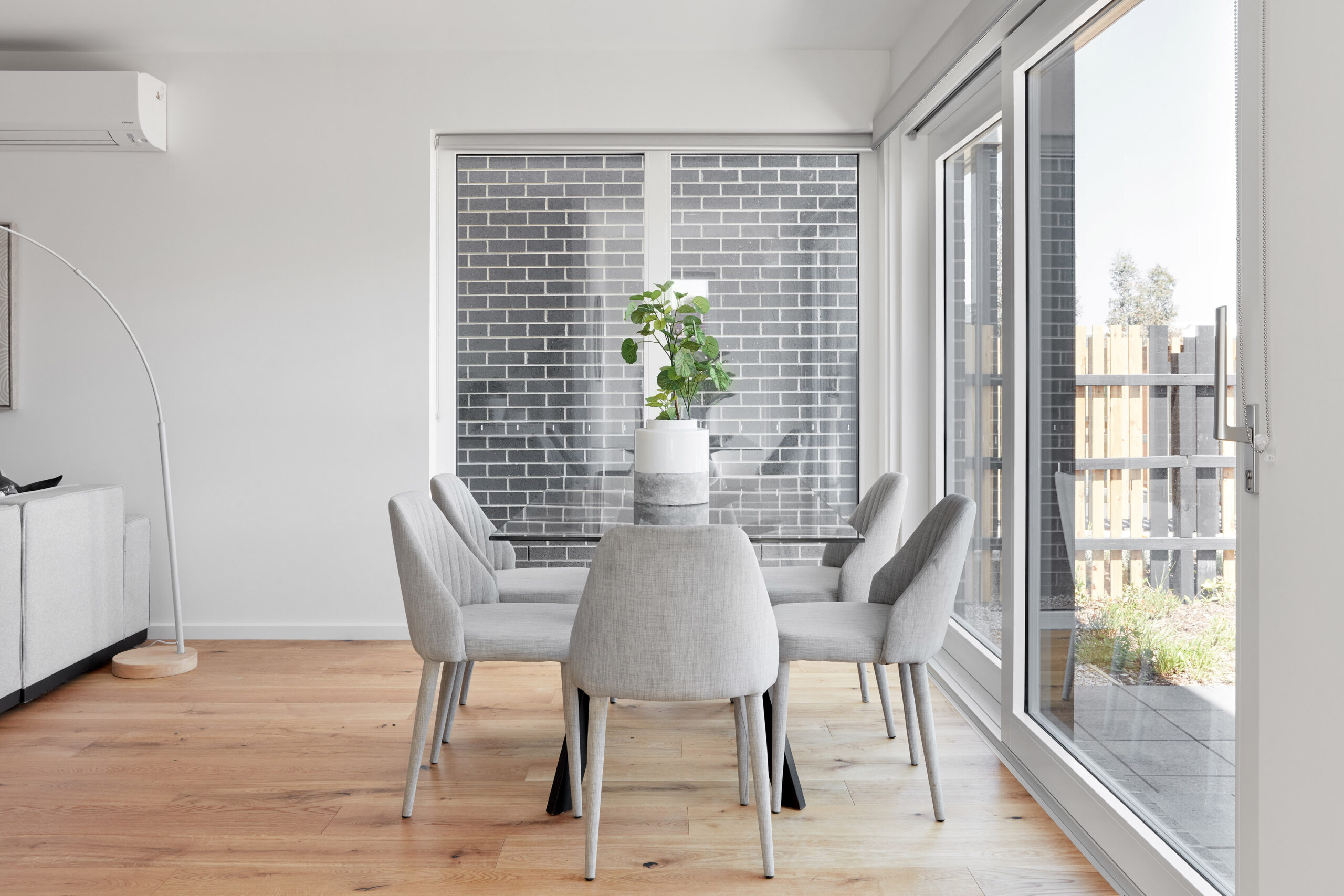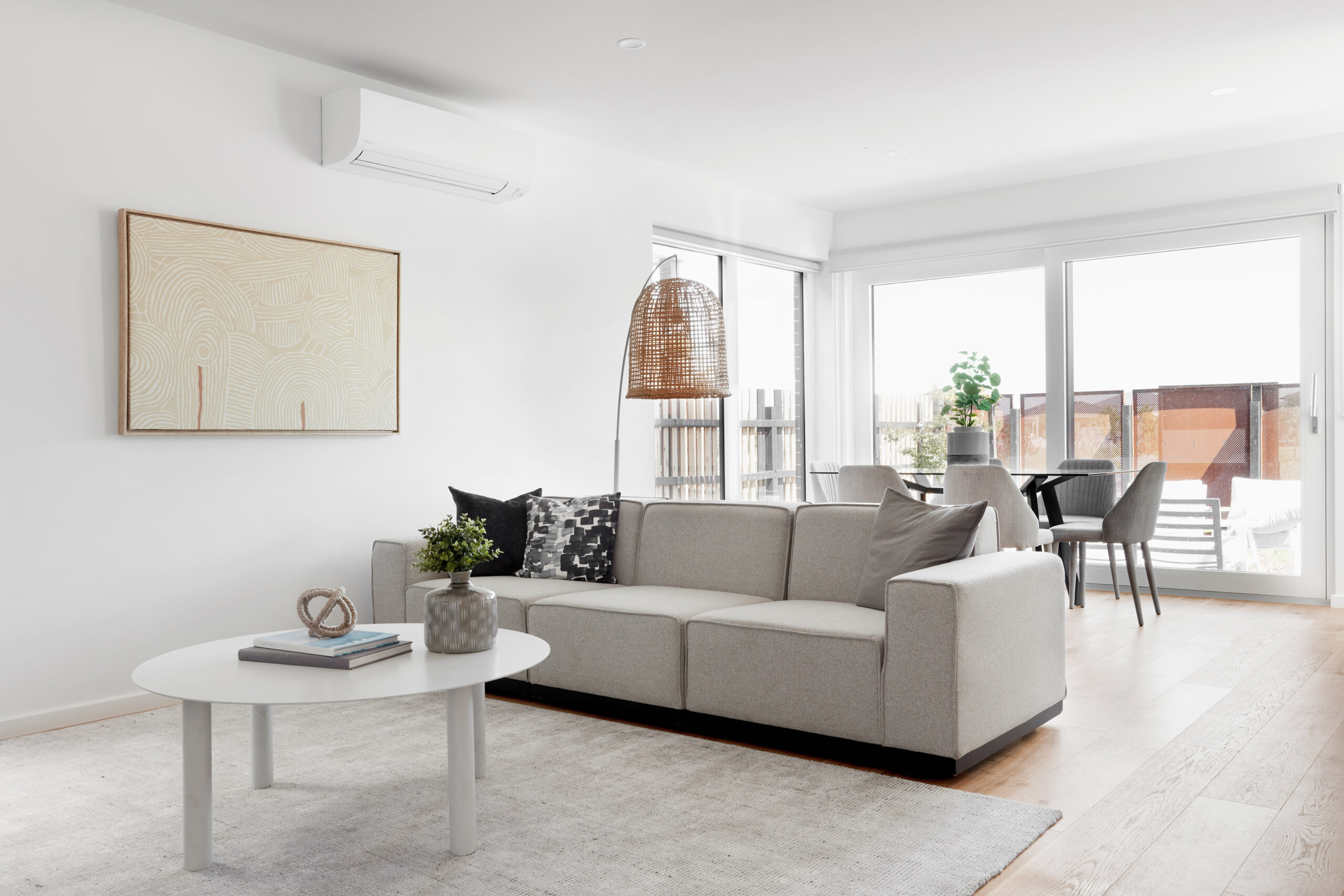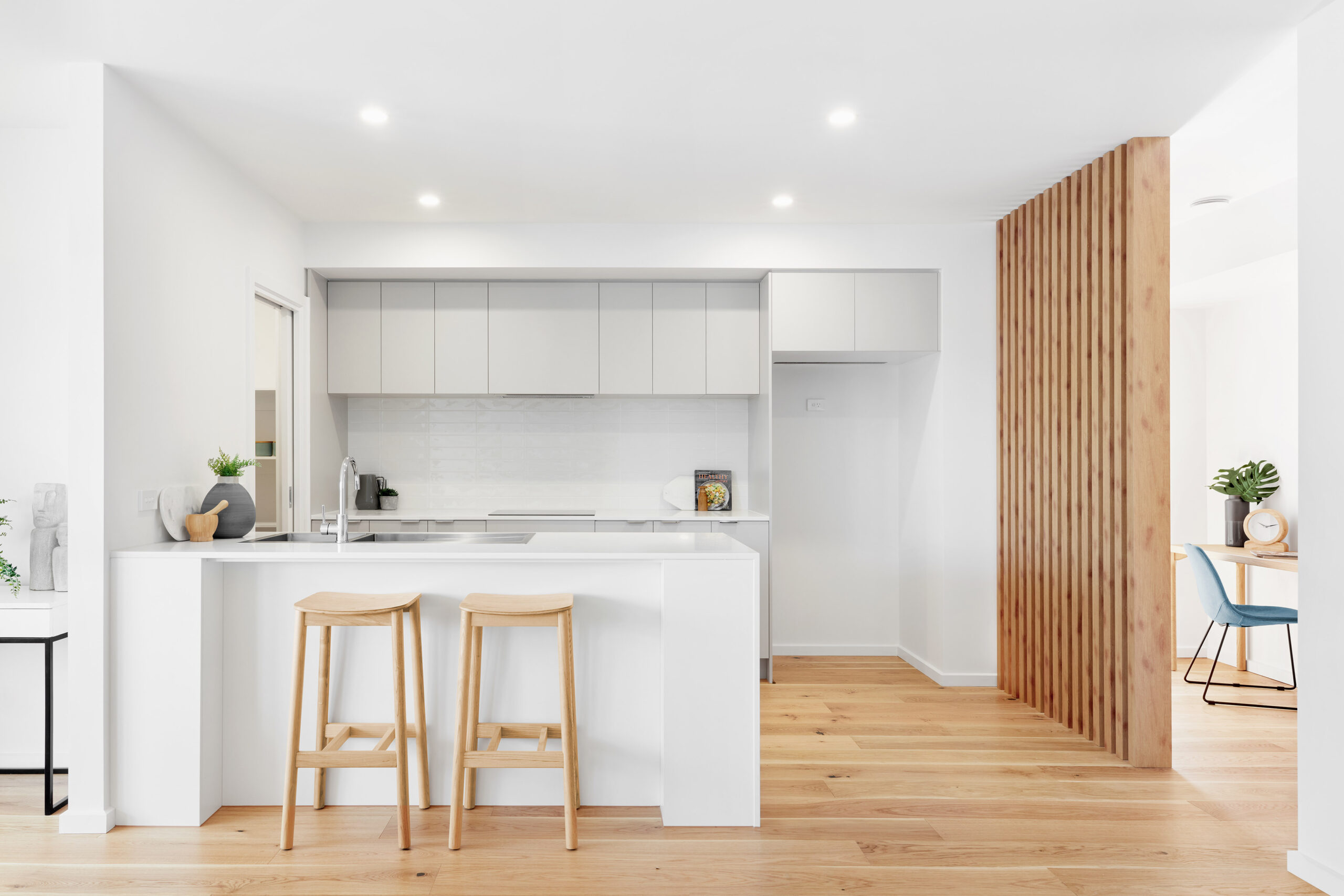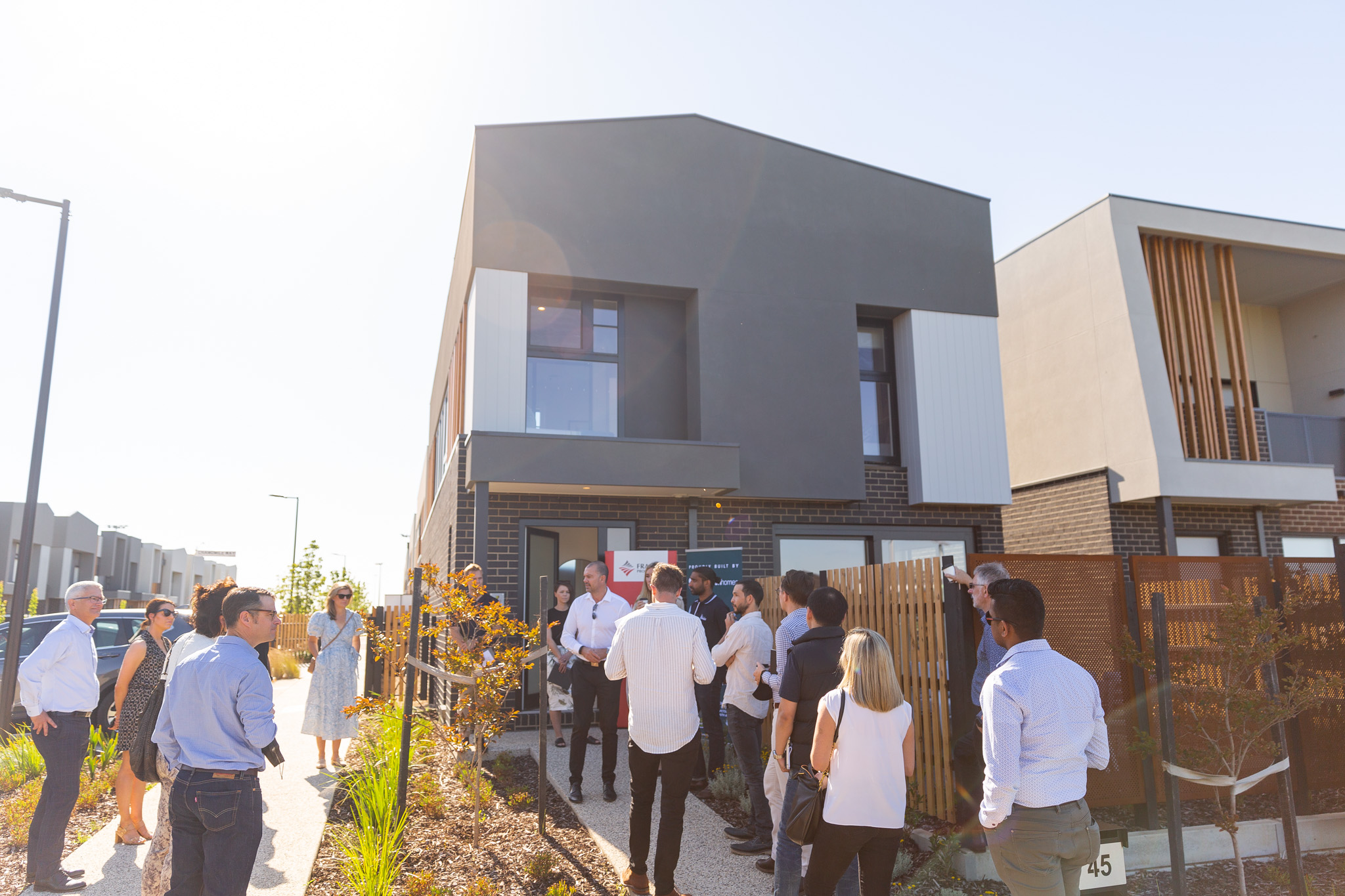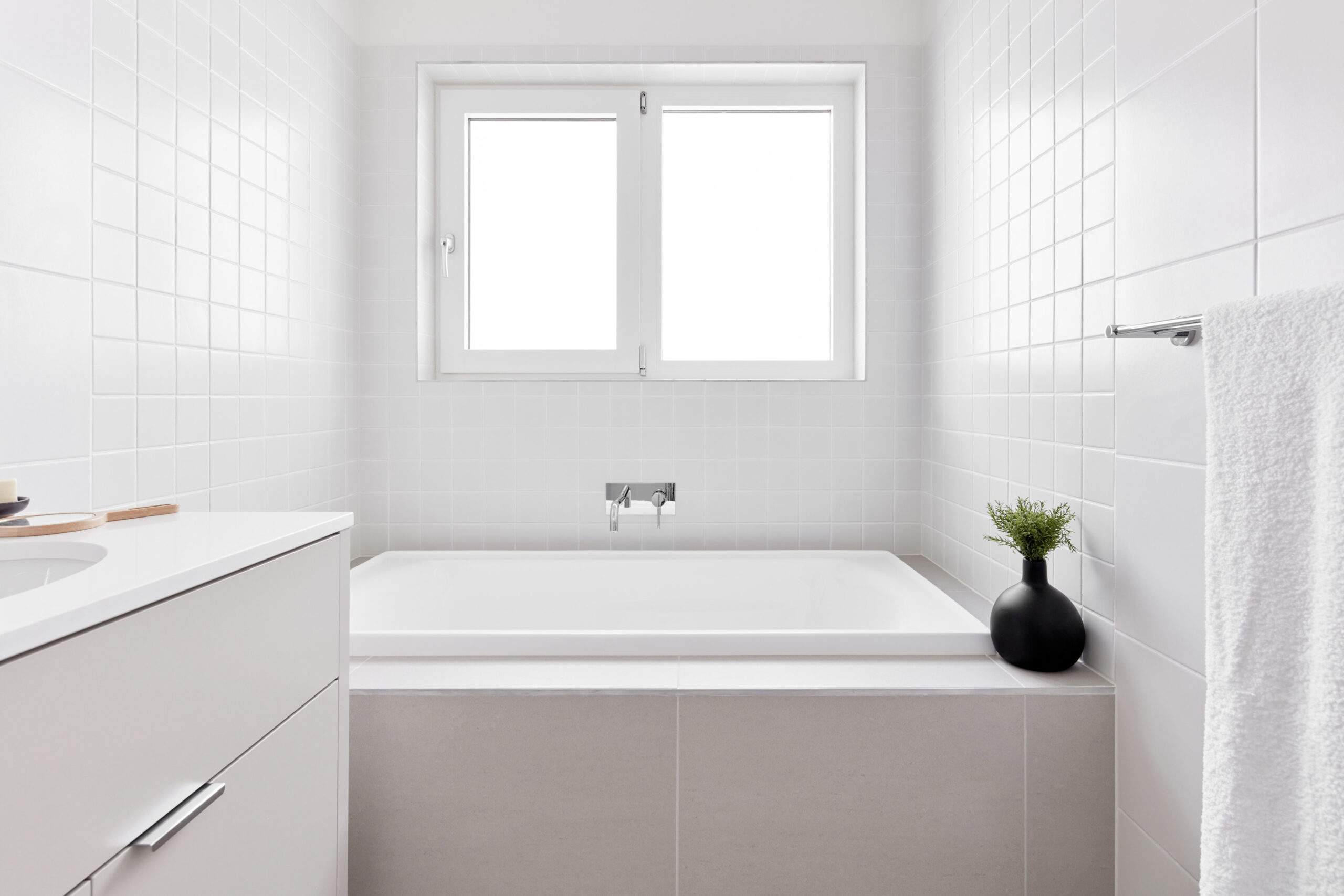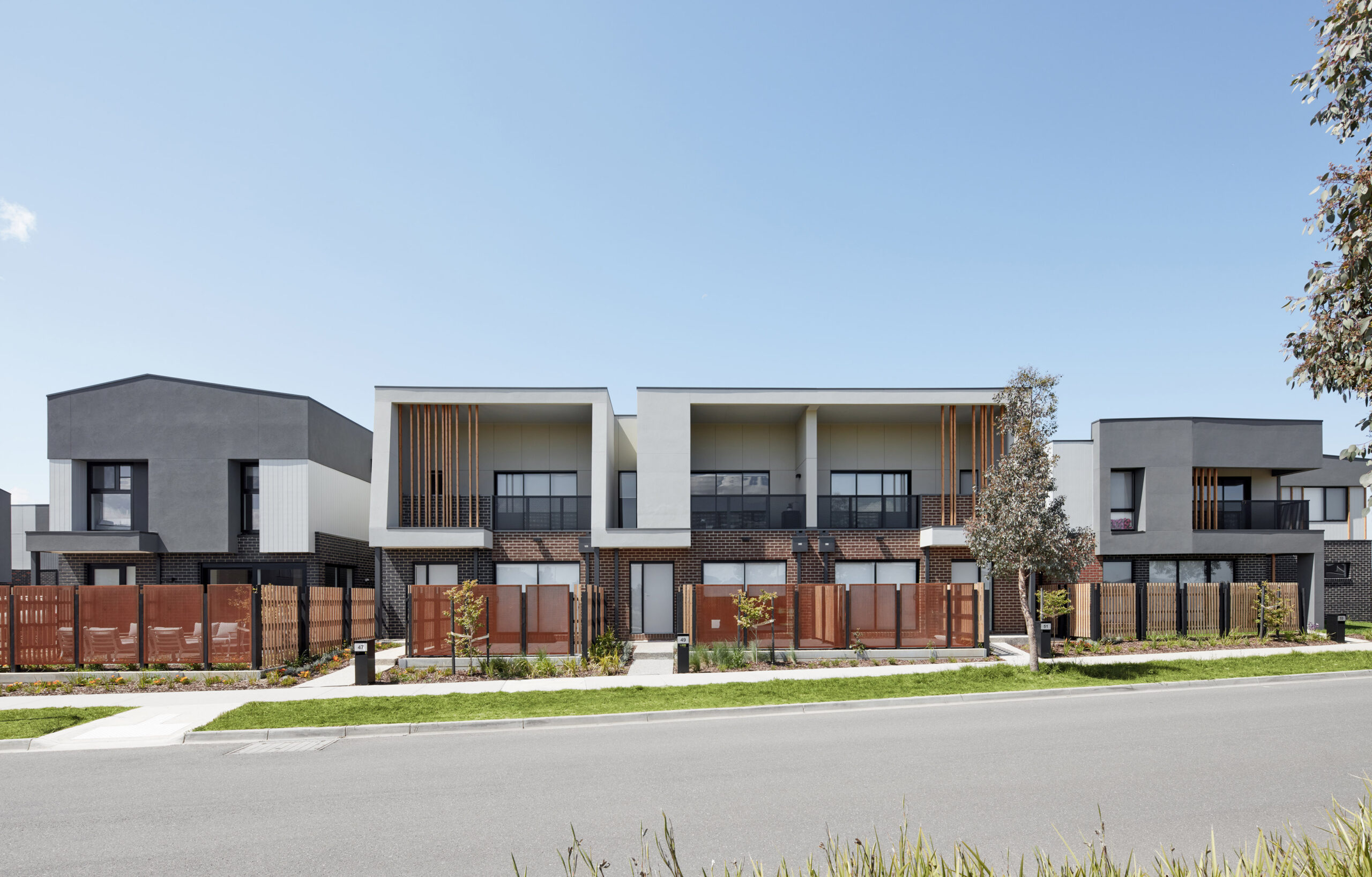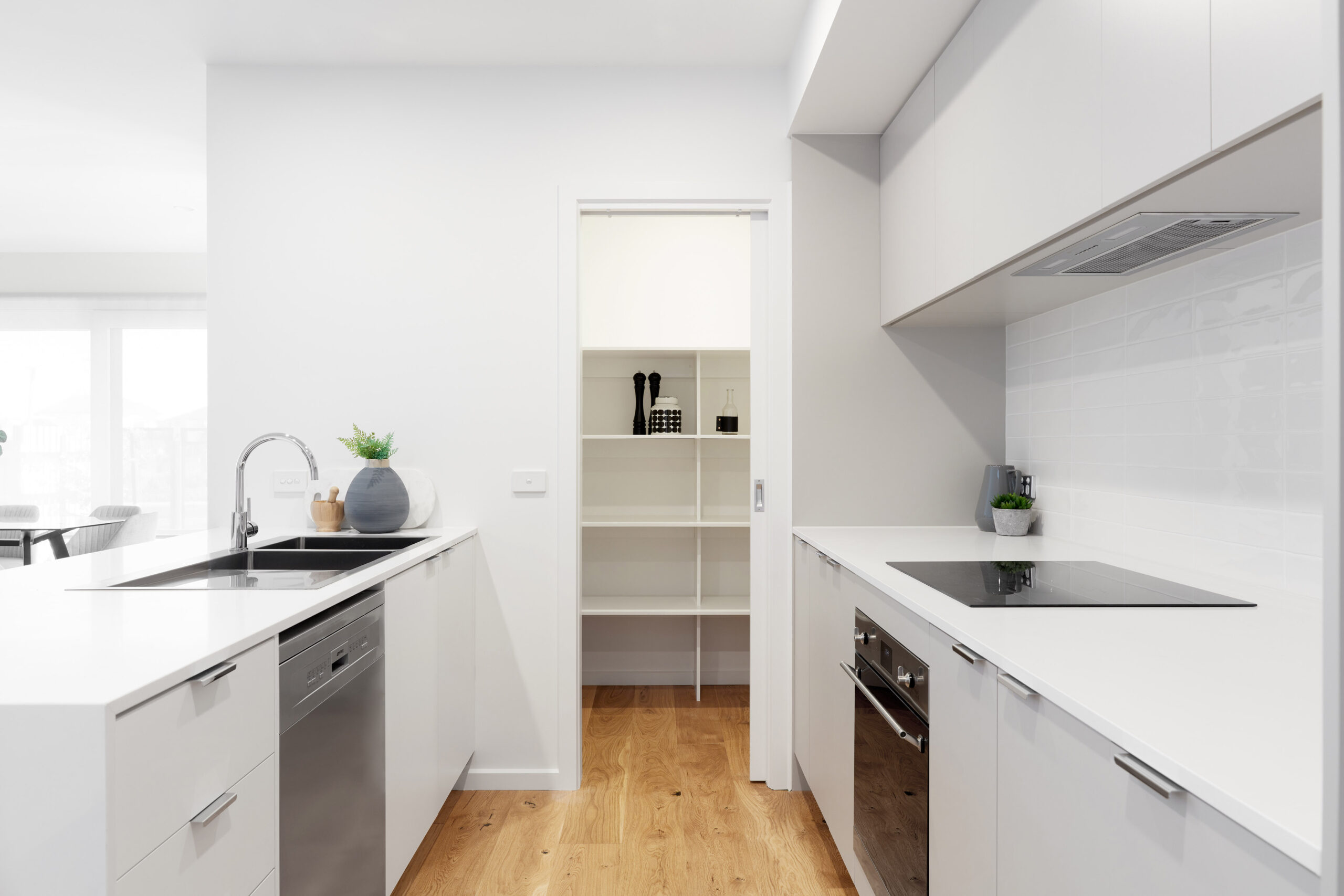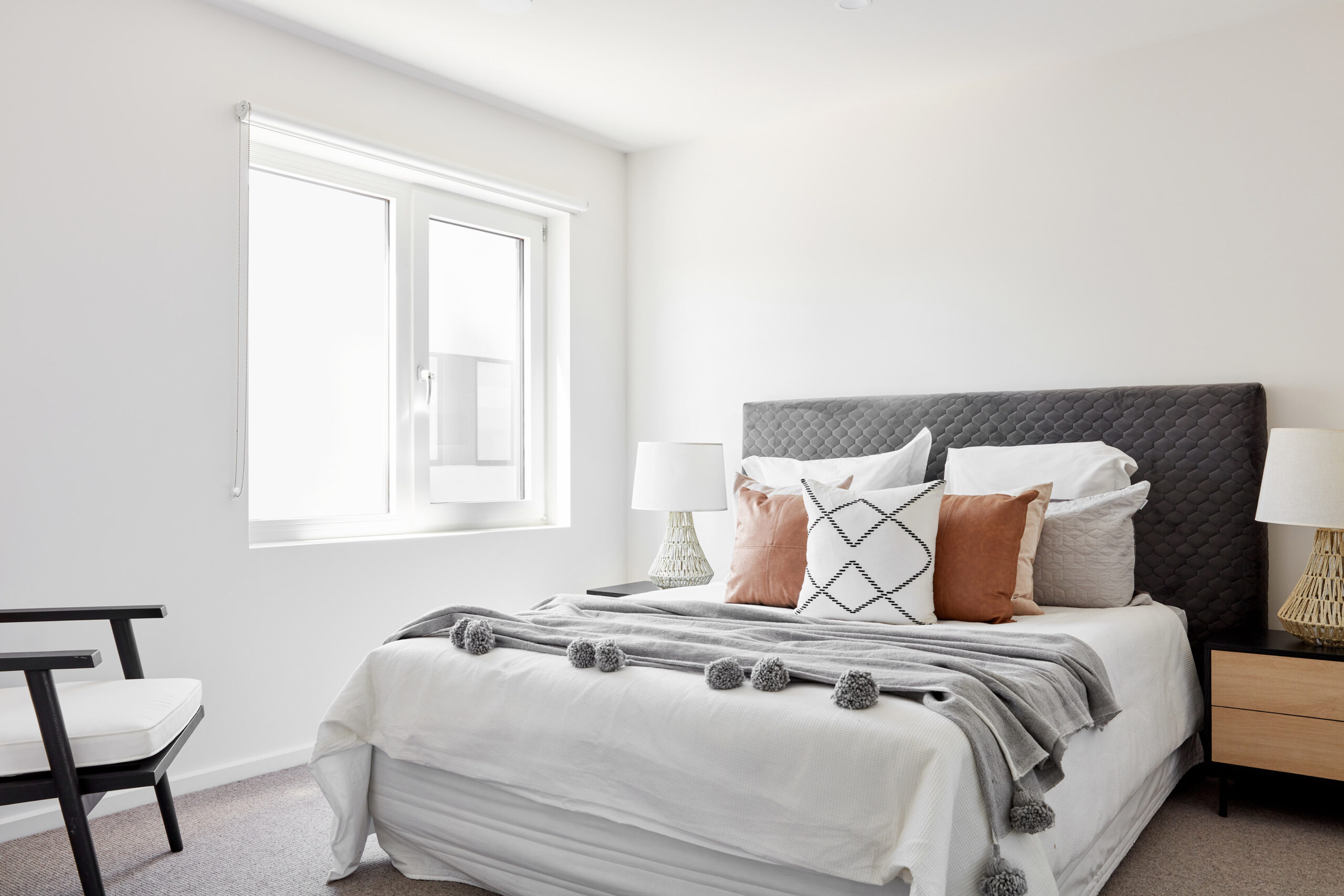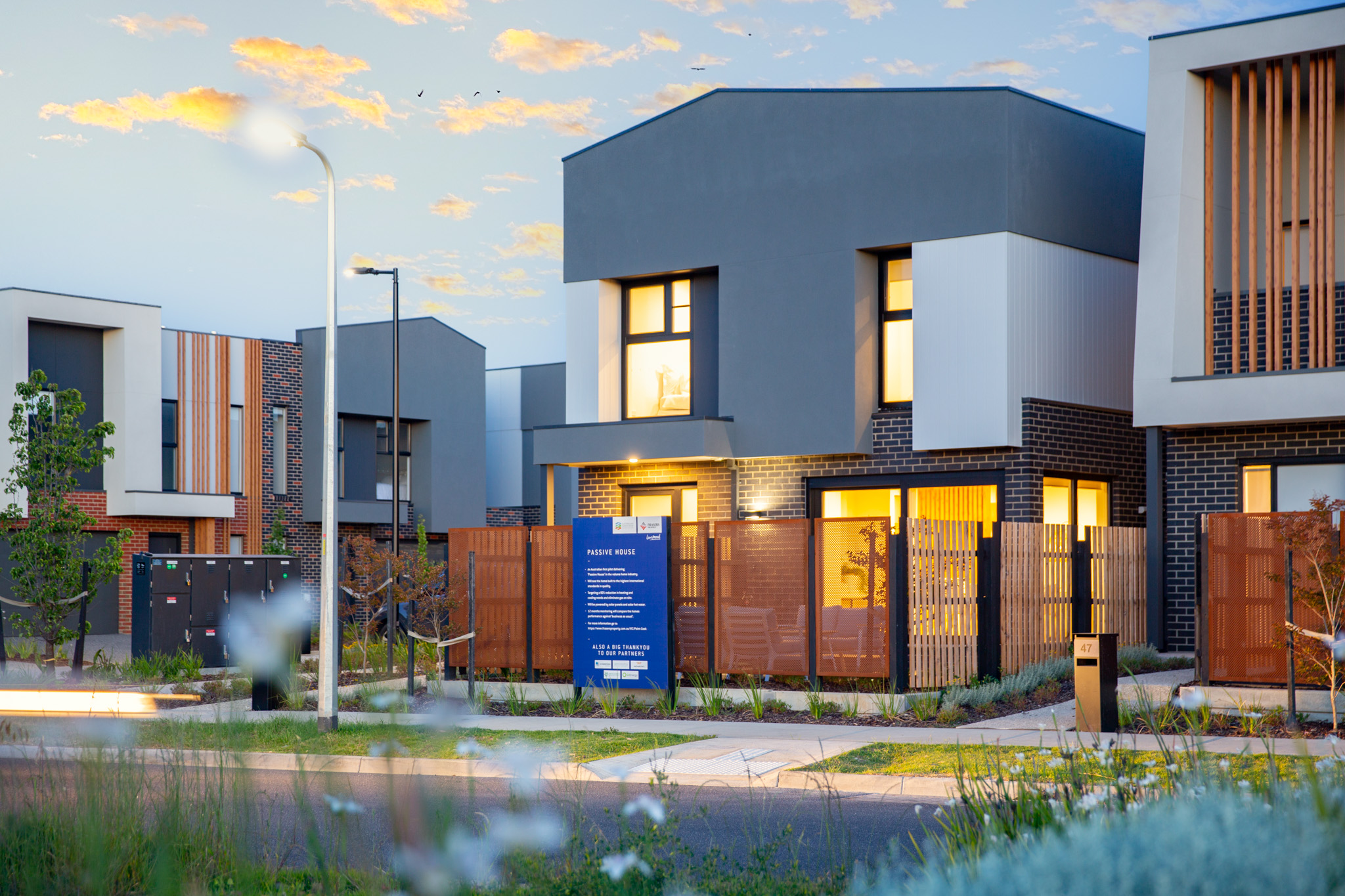
Passive House at Life, Point Cook
What is Passive House?
Originating in Germany, Passivhaus (or Passive House) is a sustainable, high-performance building standard that reduces a building’s ecological footprint. Passive House certified buildings are designed to achieve outstanding energy efficiency. Their features help to better regulate temperature control in the house and drastically reduce heating and cooling costs, saving energy while improving air quality and comfort levels.
Why is this Passive House design special?
There are about 40 Passive House buildings in Australia, however most are highly individualised private residences. Frasers Property Australia is the first major property developer to make Passive House accessible to the national residential property market. Furthermore, it has achieved a Passive House Plus certification level, meaning it generates more energy through onsite rooftop solar PV than it consumes over the course of a year.
Features of Passive House at Life, Point Cook

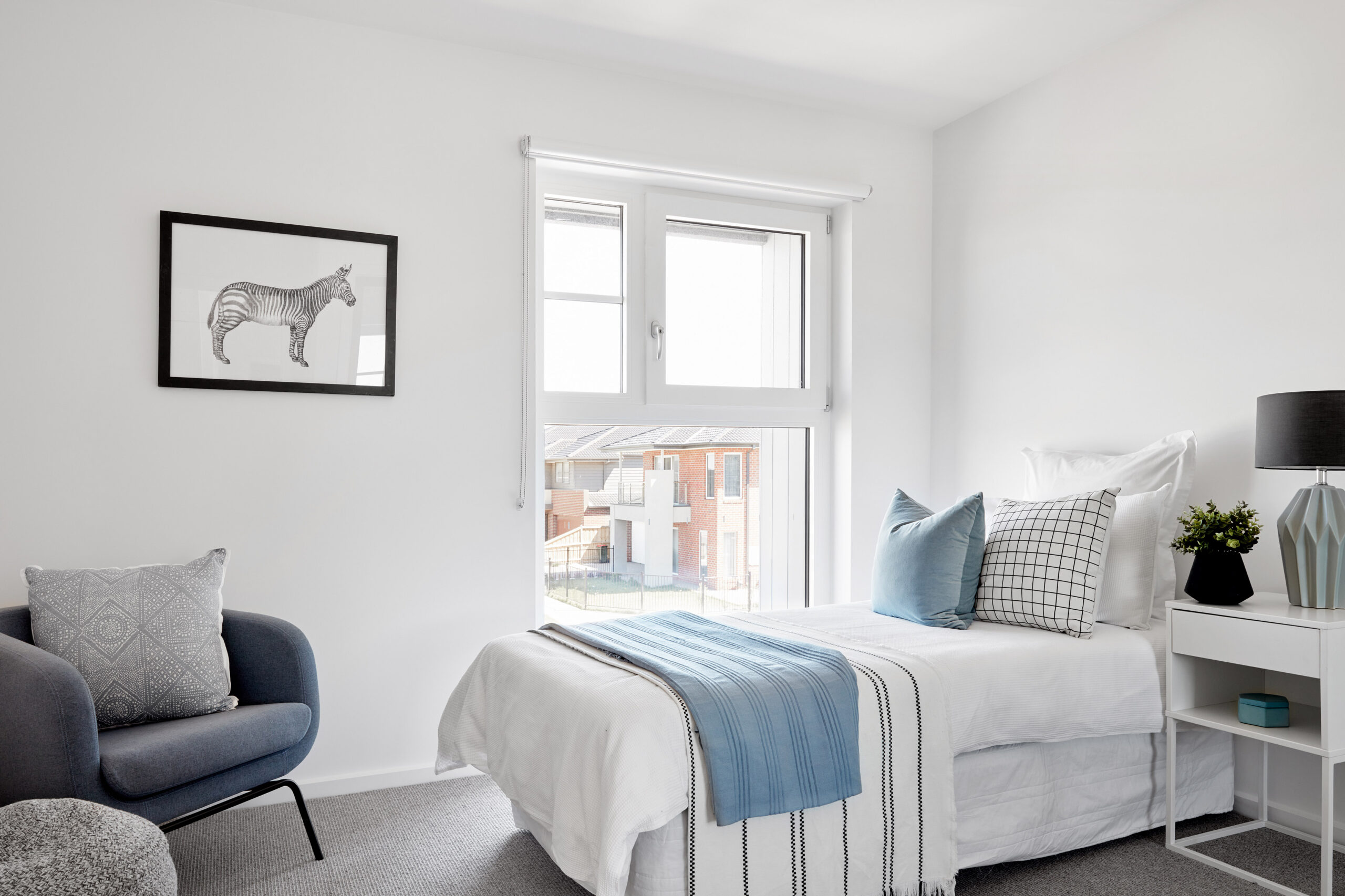

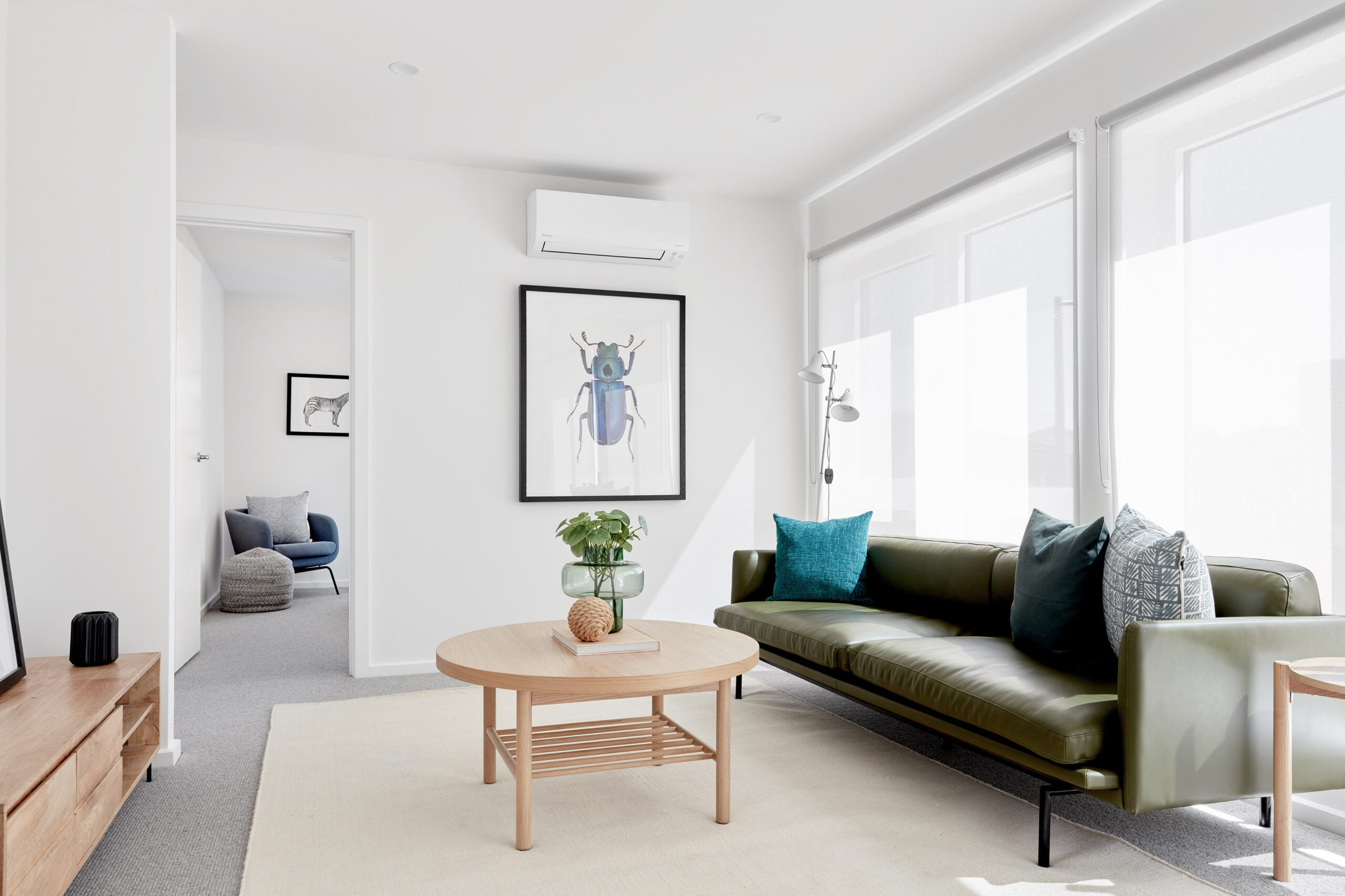
Airtight measures

Limiting air loss through gaps and cracks will save you energy and reduce your heating costs during winter. Air sealing should always be partnered with natural ventilation, which allows you to control the flow of air when and where you want it in your home.
Double (or triple)-glazed windows

Double-glazed windows are very energy efficient, as they can reduce heat loss or heat gain by almost 30% in comparison to single-glazed aluminium windows. Double glazing can contribute significantly to a 6 star or higher energy efficient home and is widely available.
Triple glazing performs even better than double glazing to further reduce heating and cooling costs and is ideal for colder Victorian climates.
Continuous thermal insulation

Continuous insulation is crucial for creating a tight building envelope. The purpose of continuous insulation is to reduce air and moisture infiltration, stop thermal bridging, and increase the effective R-value in a wall assembly (the total resistance to heat flow provided by a roof and ceiling assembly, a wall or a floor.)
Heat recovery ventilation system

As homes become more airtight, the need for mechanical ventilation grows. Heat recovery systems bring in fresh air with minimal heat loss.
Testing the model
Starting in early 2022, the Point Cook Passive House will take part in a housing-design experiment whereby it will be compared to a nearby house of the same size and similar design – built to a traditional ‘non-Passive House’ design. Two families will move into the respective homes and take part in the experiment, where Frasers Property Australia will gather data on energy consumption, comfort levels and building performance.
It is hoped the results will show that the long-term energy savings, combined with improvements in home performance, comfort, and wellbeing, will make Passive House design something the volume construction sector will want to embrace in the future.
Register your interest
Request more information about a Passive House townhome.
